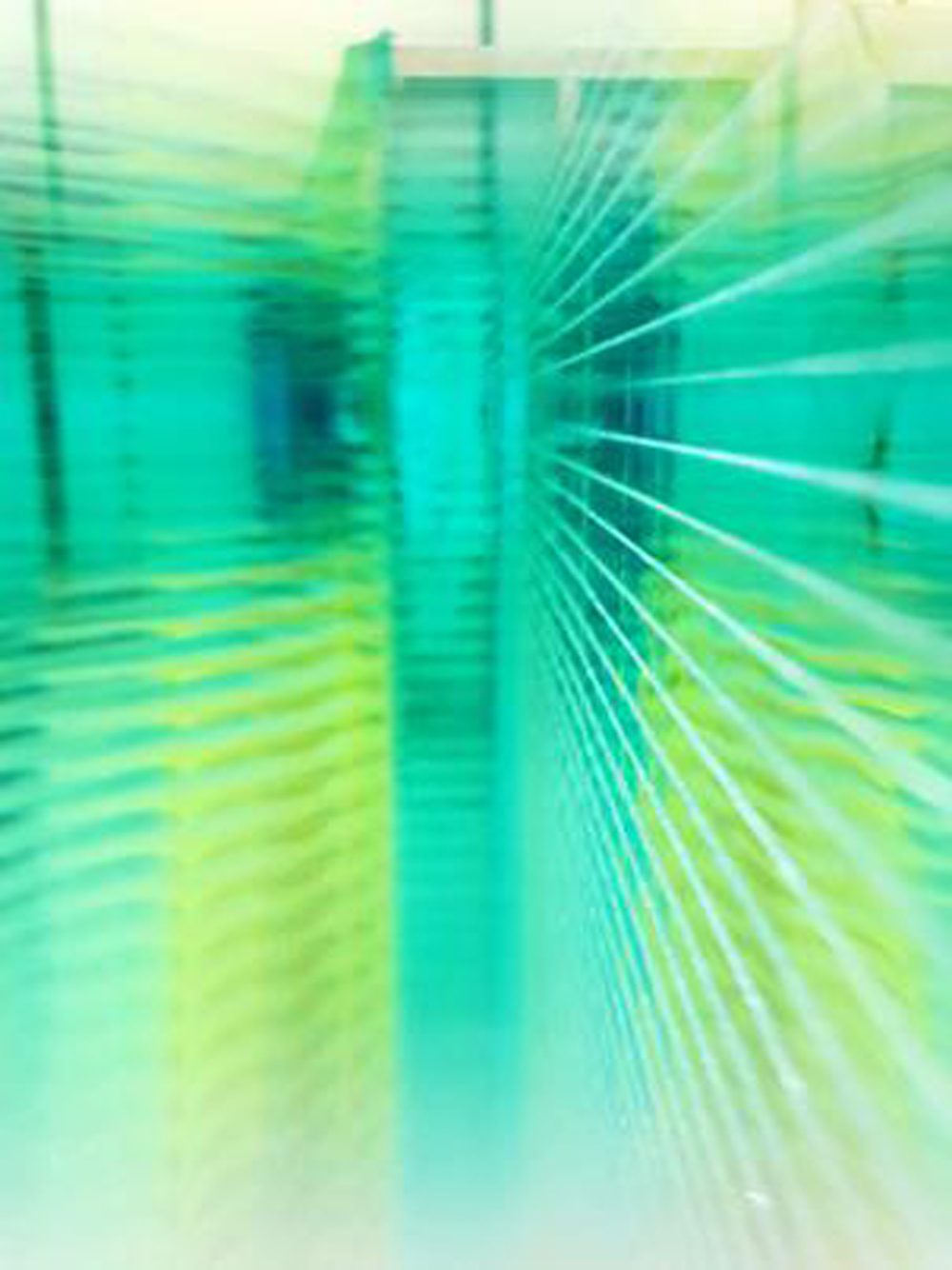Fokus
“A Journey Through Time: Reflections on the Achievements of the Wiener Art Collection”
Essays
06.10.2025
Text by Mario Vujičić
The Wiener Art Collection has been conceived as a dynamic, open system — one that refuses to be confined to the mere preservation and display of artworks. Instead, it boldly enters into dialogue with both the historical and contemporary currents of Serbian art. Through a thoughtful curatorial vision and an inclusive approach embracing diverse generations, poetics, and media practices, the collection not only maps key artistic moments but also poses new questions, challenges established narratives, and opens up space for fresh interpretations of cultural heritage. It becomes an active agent in the reconstruction and reimagining of artistic history — a vital point of reference for future generations who will find within it both grounding and inspiration.
The artists gathered within this collection are not mere witnesses of their time — they are its commentators, critics, and visionaries. Their practices, often situated at the crossroads of social engagement, institutional critique, cultural reflection, and political discourse, range from deeply personal expression to collective activism. In doing so, the collection acquires a distinct identity: it does not seek neutrality but rather positions itself as an active platform for reexamining the relationships between art and society, the artist and the system, creation and resistance.
Guided by a strategic and insightful acquisition policy, the Wiener Art Collection has built a coherent and multilayered corpus of works connected not only through thematic and aesthetic affinities but also by a shared impulse toward change — an impulse to push boundaries and give voice to alternative perspectives. The works within the collection shed light on often marginalized, suppressed, or overlooked currents in Serbian art — from the early experiments of the 1950s and the radical concepts of the 1970s and 1980s, to the reflective and often poignant commentaries on contemporary life during the transitional and post-transitional periods.
What makes this collection truly exceptional is its courage to bridge what has long been divided — the traditional and the progressive, the personal and the political, the aesthetic and the engaged. In doing so, the collection not only documents the artistic history of a region but also actively participates in writing it — as a voice, as an archive, as a challenge, and as a witness.
The essay by Mario Vujičić, “A Journey Through Time: Reflections on the Achievements of the Wiener Art Collection,” is published as part of a series of texts by distinguished contemporary curators and art historians dedicated to works from the Wiener Art Collection.
